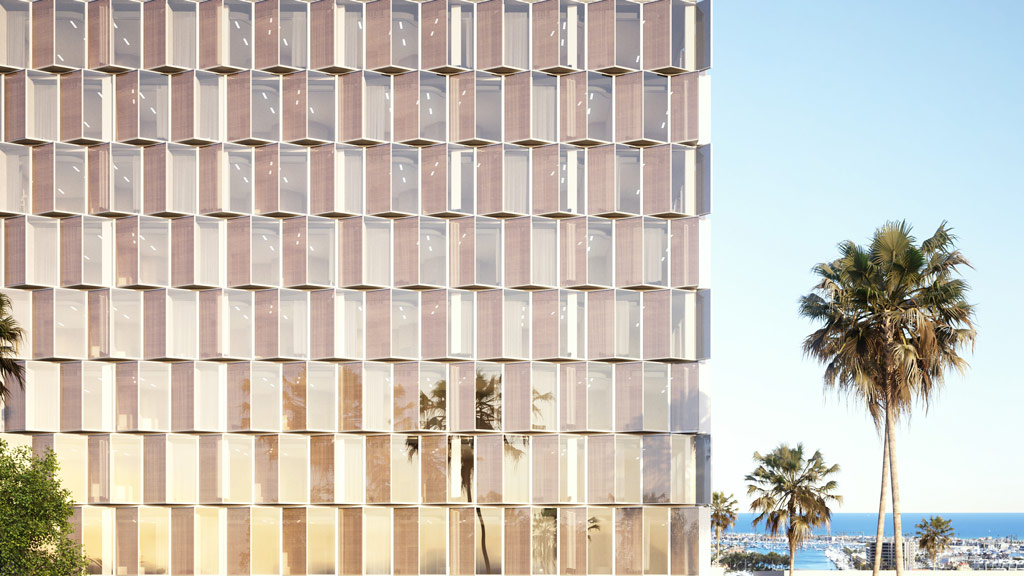California’s New Gold Standard for Net Zero Developments
By Anthony Brower
The latest innovation from the state that gave us blue jeans, popsicles, personal computers, skateboards, and the Internet has arrived: California's new Zero Net Energy (ZNE) code revisions, which will drive the creation of perhaps the greatest concentration of energy efficient buildings on the planet. Under these new codes, called Title 24, new residential and government buildings must be ZNE by 2020-2025, with commercial buildings following along by 2030.
To meet the state's definition of net zero, a building (or campus, or community) must offset the energy it drains from the grid with an approximately equal amount of renewable energy generated on-site. Daunting as that may sound, real estate developers should recognize these new codes as a significant business opportunity. Tenants are increasingly demanding sustainable, energy efficient spaces. And they’re backing up those demands with green leases that make both the landlord and tenant accountable for energy efficiency.
According to the Institute for Market Transformation, these “Green leases have the potential to reduce energy consumption in U.S. office buildings by as much as 22 percent,” and “have the potential to provide the leased U.S. office market $3.3 billion in annual cost savings.”
The state of California’s new standards will set a new bar for energy efficiency in the Golden State, and similar “Green New Deals” are making headlines across the country. The opportunity is clear, and the quicker developers adopt these standards, the quicker they will reap return on investment. In order to achieve such a high standard of performance, developers will need to borrow a few more design strategies from the sustainable design practice. Here’s how you can get there:
Create an energy budget
You would never begin a development without a financial budget. Just the same, you can’t design a high-performance space without an energy budget. A true net zero project is a balancing act of kilowatt-hours, and energy saving strategies need to be implemented from the very beginning. When you make the right choices, you not only meet stricter energy requirements, you can greatly reduce capital expenditures and have a property that’s ready for client move-in from day one.
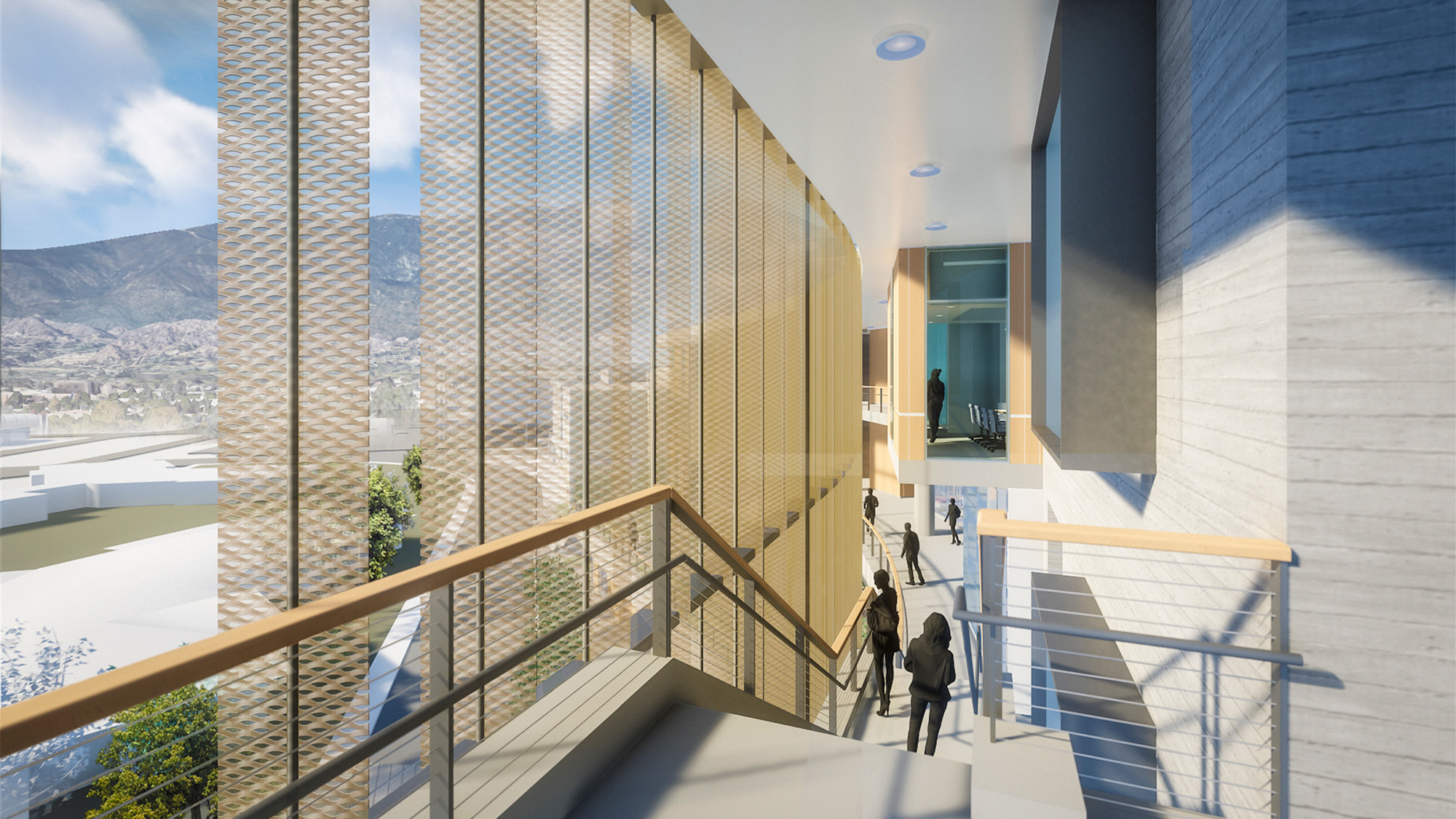
Shift the plug load mindset
Energy efficiency doesn’t start and stop with the envelope and electrical system. In commercial spaces, plug loads can account for 20% or more of a building’s energy use. Owners can tackle this issue by installing smart sensors and direct digital controls that allow tenants to tailor cooling, heating, and lighting for specific areas of their space, depending on use and employee needs. As the technology moves the needle toward ZNE compliance, it also reduces wear on a tenant’s manufacturing, operational, or computer equipment, which creates more appeal for your building.
Even so, reducing plug load often comes down to a shift in mindset and office culture. Developers need to present tenants with options and incentives to change their habits. Modern devices and appliances are a start, but tenants who share your energy efficiency goals can lower plug loads at scale.
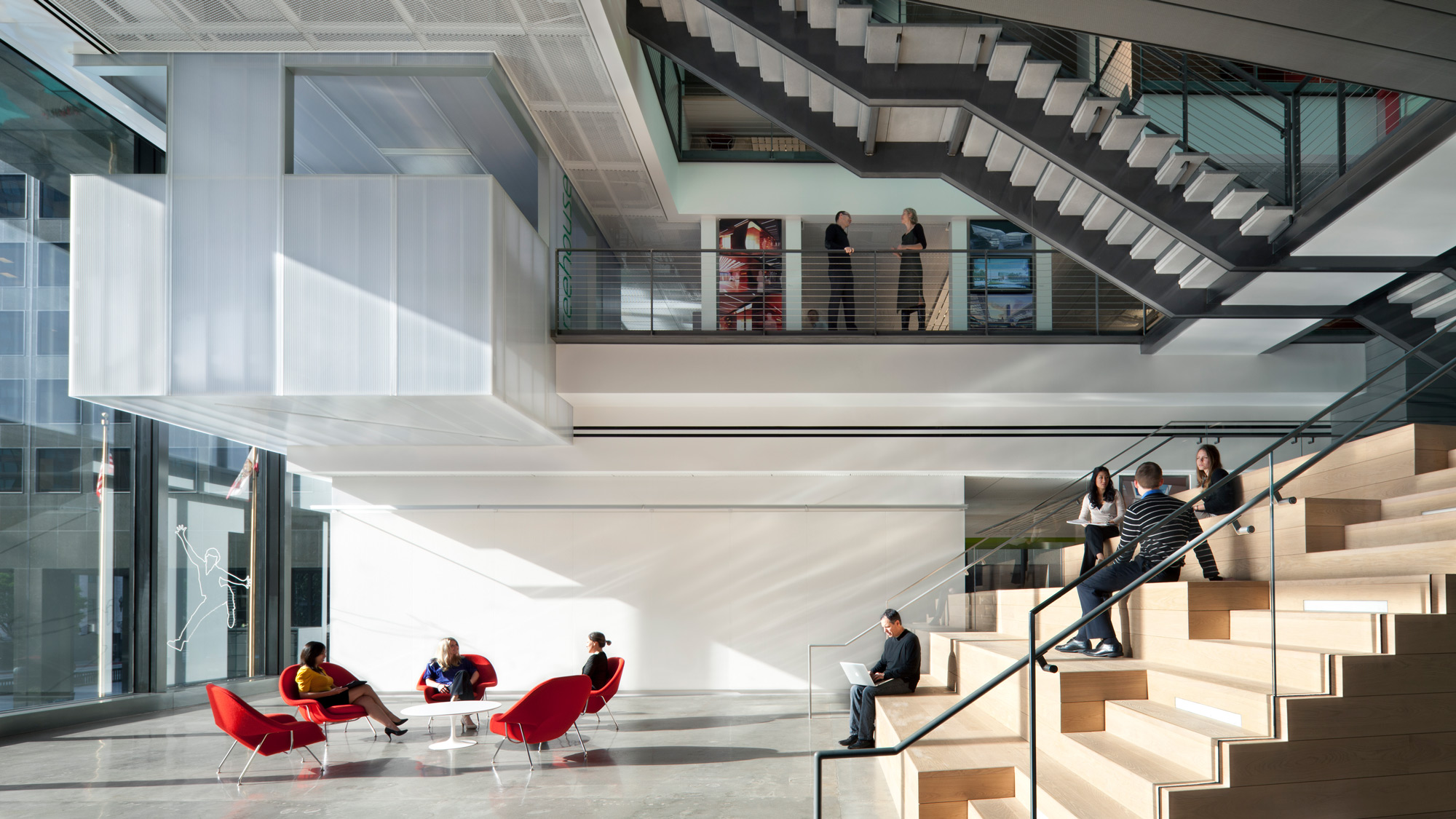
Try the envelope before you build it
While many see the building envelope as an opportunity to cut energy use, skin load accounts for no more than 8-15% of the total building load. But when it comes to achieving energy balance, every watt saved gets you closer to the finish line.
Fortunately, envelopes have evolved over the past 20 years, and Building Energy Modeling now allows you to explore the options for how specific envelopes can meet specific energy-saving needs.
With this technology, you can create highly accurate energy models before the structure is built. As you simulate energy use of a building, you forecast energy consumption, utility bills, and life cycle costs of various energy related items such as air conditioning, lights and hot water systems. Most importantly, you can assess potential compliance with energy requirements for specific envelope types.
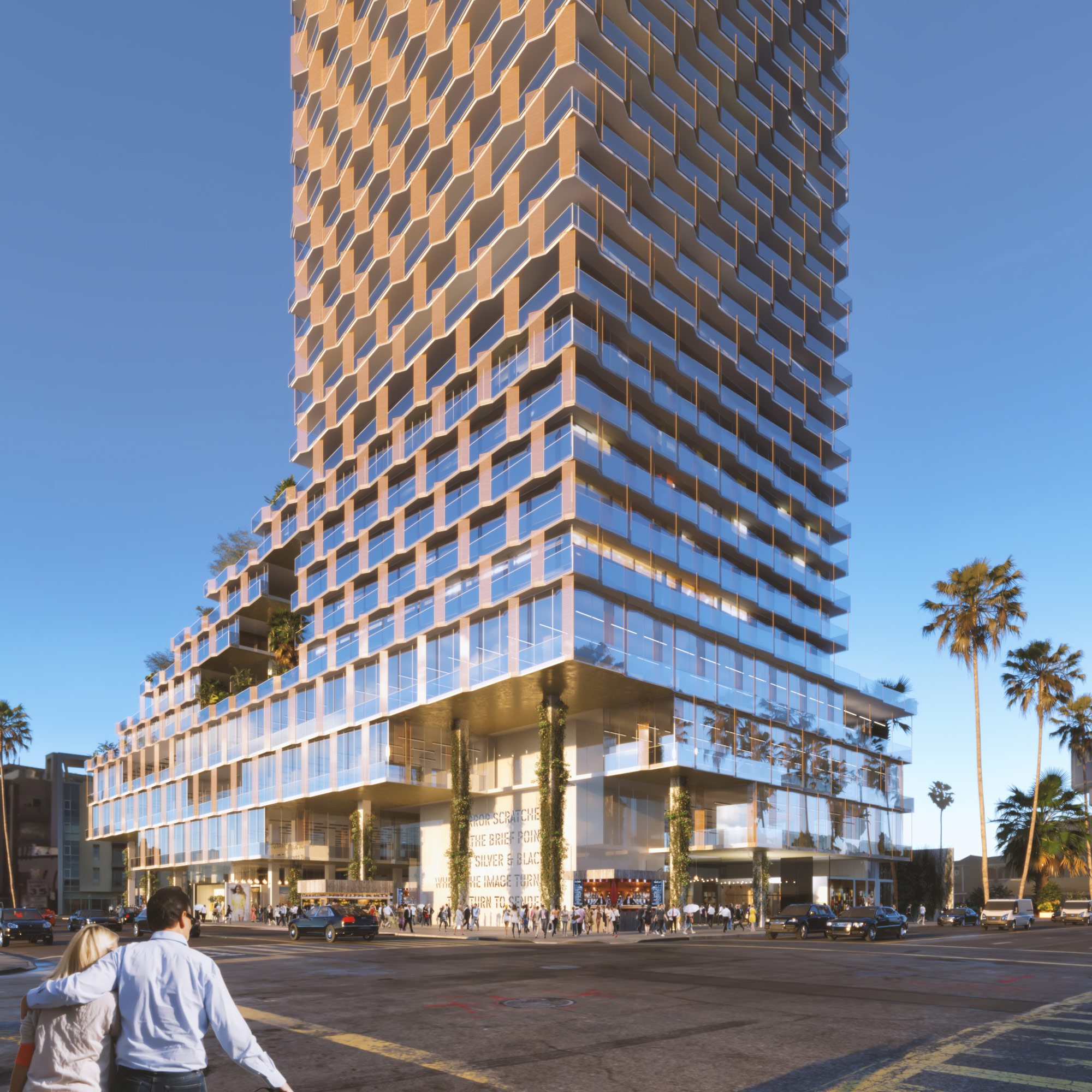
Take a whole-systems approach to building efficiency
When designing for high performance, think about buildings as whole systems rather than trying to squeeze efficiency out of specific spaces. Closed-loop and recovery systems, for example, can drastically lower waste from one system by converting it an energy source for another.
As these solutions cut peak energy demand, owners can defray maintenance costs and reinvest capital back into the building. From a pure financial perspective, recovery systems provide direct savings on building costs, and provide the added benefit of meeting ZNE requirements. And from a marketing perspective, prospective tenants will be drawn to better utilization of space and interesting technology at work.
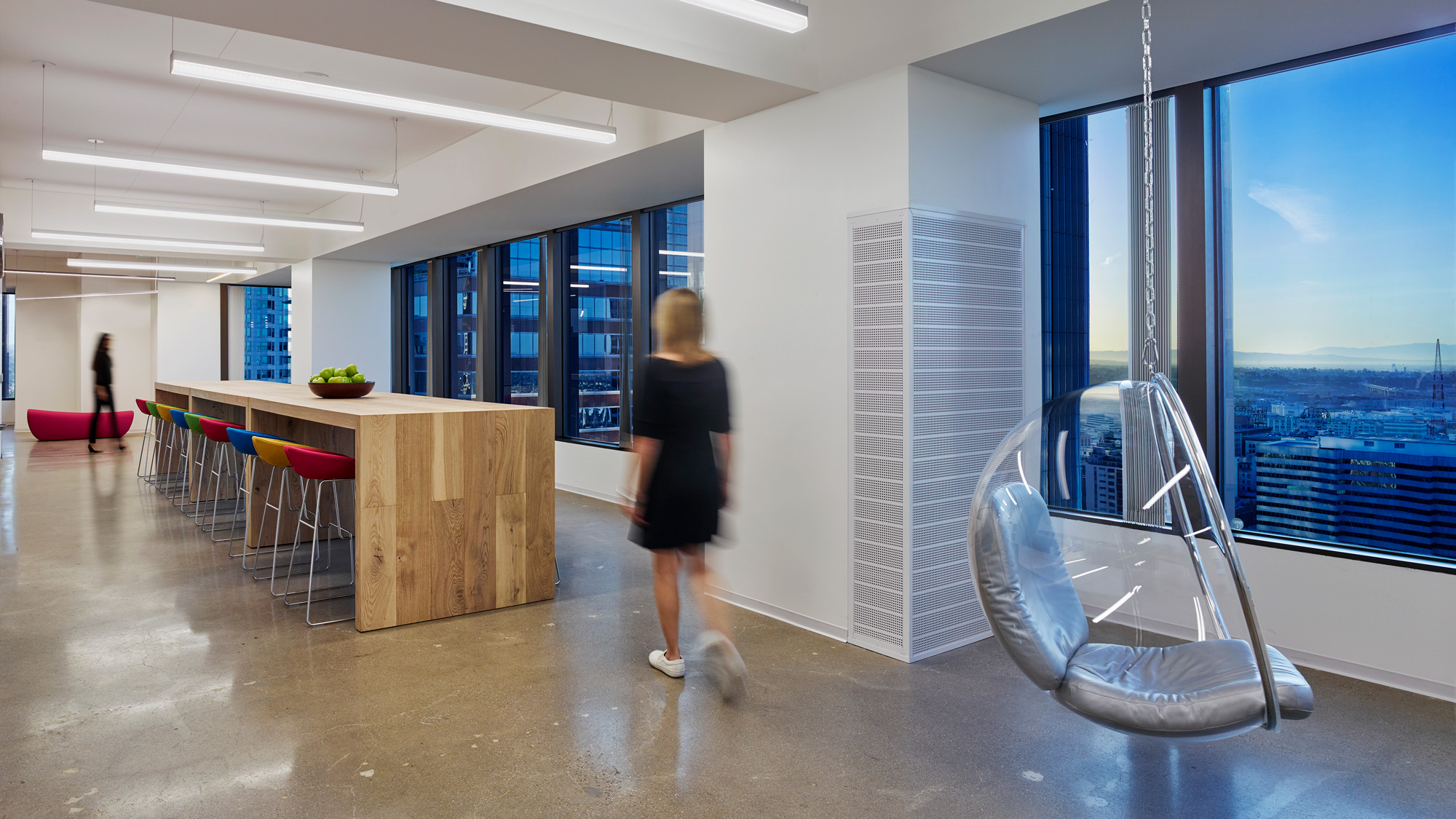
Rethink cooling and heating
Remember that tenants don’t always require every space or room to be the ideal temperature. Operable windows, passive ventilation, and covered or outdoor spaces all reduce heating and cooling needs while allowing people to find their own comfort zone. Also, sometimes only a portion of a larger space requires temperature regulation. In these cases, you can create multiple zones, each with their own separate thermostat.For buildings in temperate climates, consider converting spaces traditionally built for interior to outdoor spaces. They can be used for meetings and presentations, even for individual employee work. And because outdoor spaces don’t require heating or conditioning, they inherently reduce the building’s energy profile while creating another appealing amenity for potential tenants.
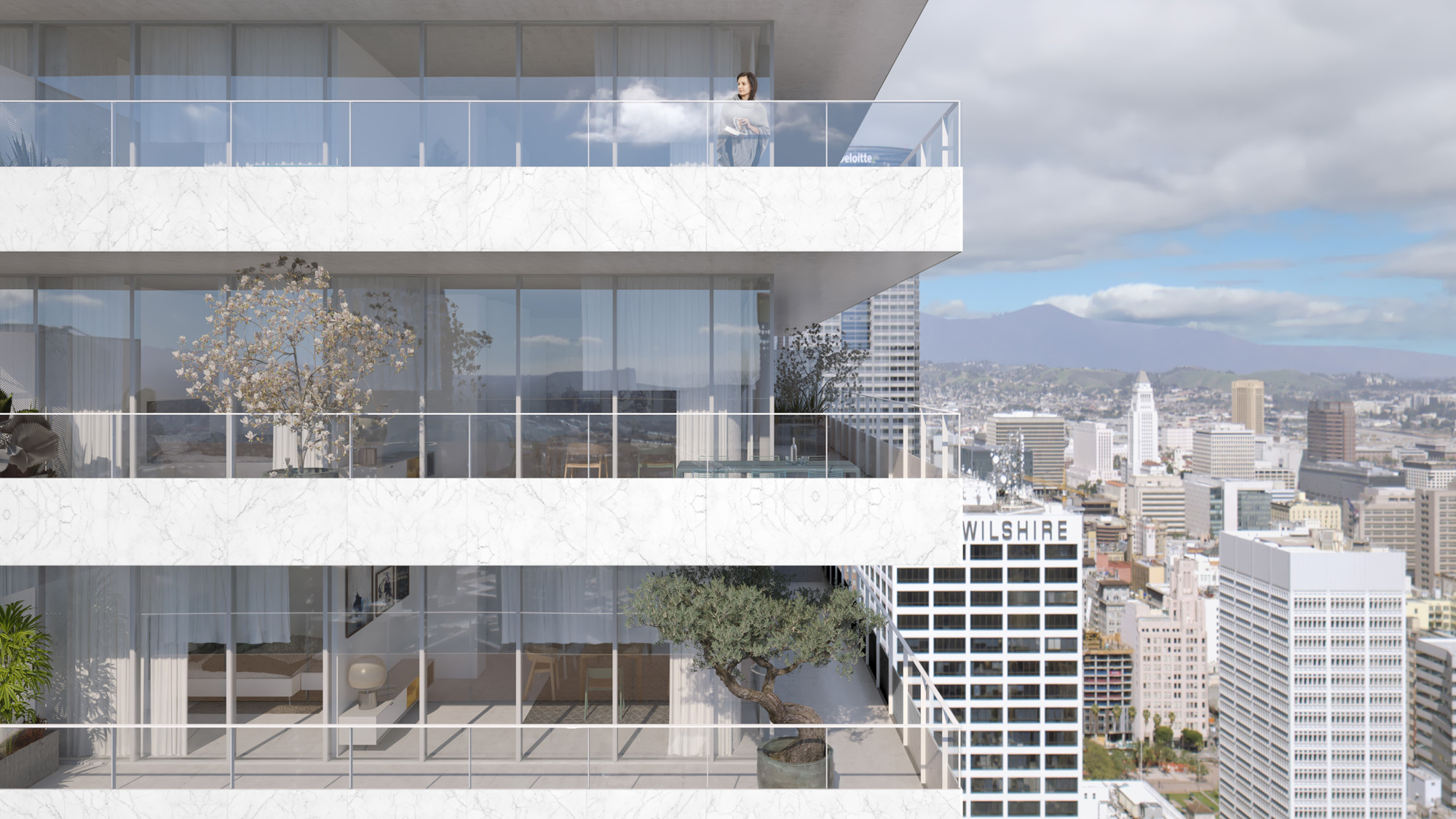
Use building orientation to your advantage
We all know the general rule: Buildings should be oriented to make the most of cooling breezes in hot weather and shelter from cold winds in cold weather. But we also know that for most developments, owners have their hands tied regarding orientation.
The good news is that building orientation doesn’t have to be a limiter. Developers can employ a number of energy-saving features: Window films and shades, overhangs, self-tinting windows, and, again, the creation of “zones” with separate thermostats. These features minimize energy loads from air conditioning and heat, and maximize free energy from the sun and wind.
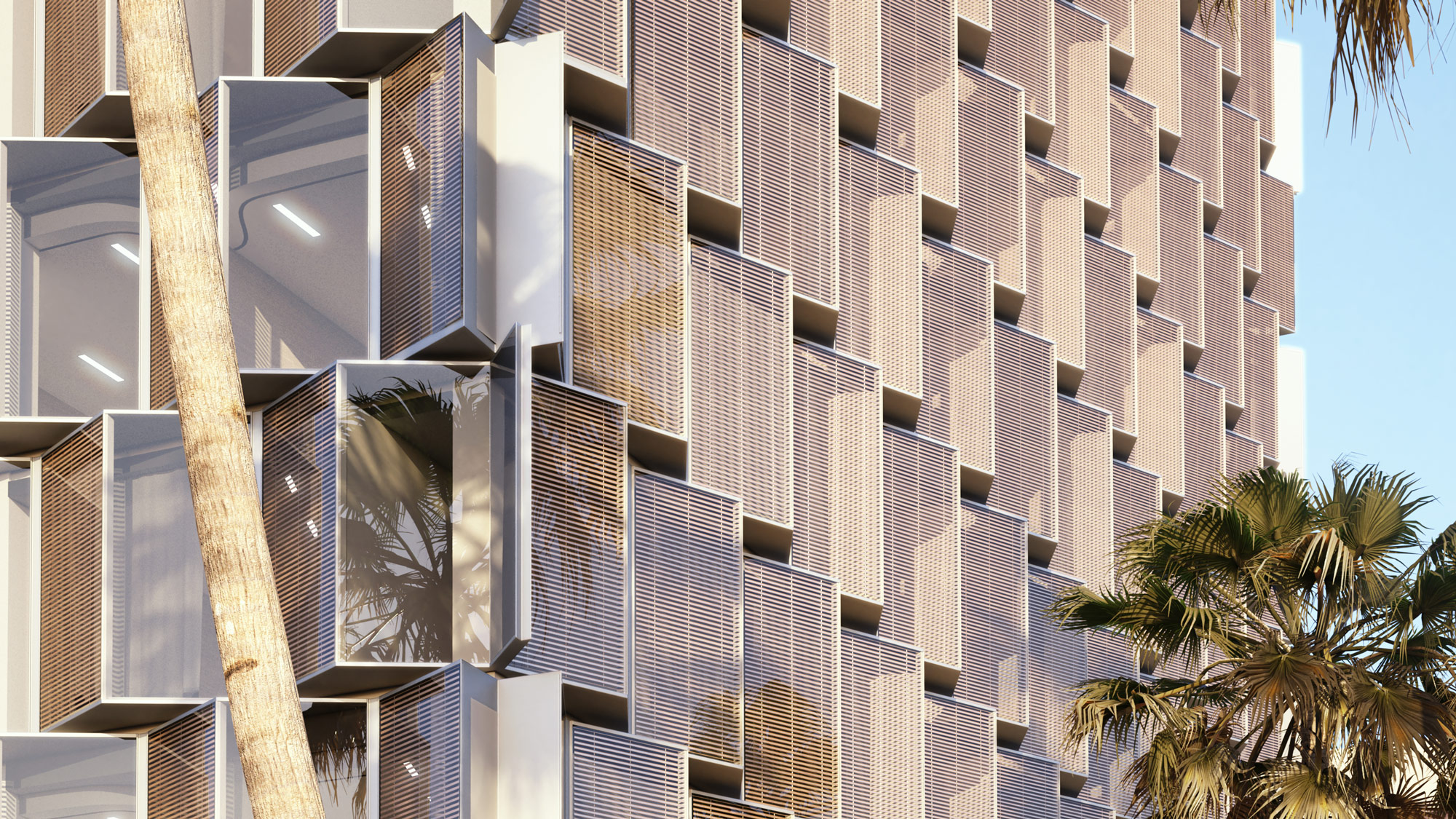
Adjust to the building’s energy profile
A project with an unfamiliar energy profile can present challenges for efficiency. Specific building profiles necessitate specific types of energy systems: A data center has higher energy demands than a restaurant; a church has drastically different usage patterns than a commercial office space. Research industry energy standards for the specific building type involved in your development. Armed with best practices and expert know-how, you will be able to more accurately assess the requirements for the associated energy profile.
Achieving ZNE compliance may seem like a huge undertaking for individual projects, but reaching an energy balance in our buildings will be key to creating a sustainable and resilient future for our cities. Whatever you implement, remember that if it benefits the tenant with energy savings, it will benefit the owner with greater financial returns and ultimately benefit the larger community.
For media inquiries, email .
